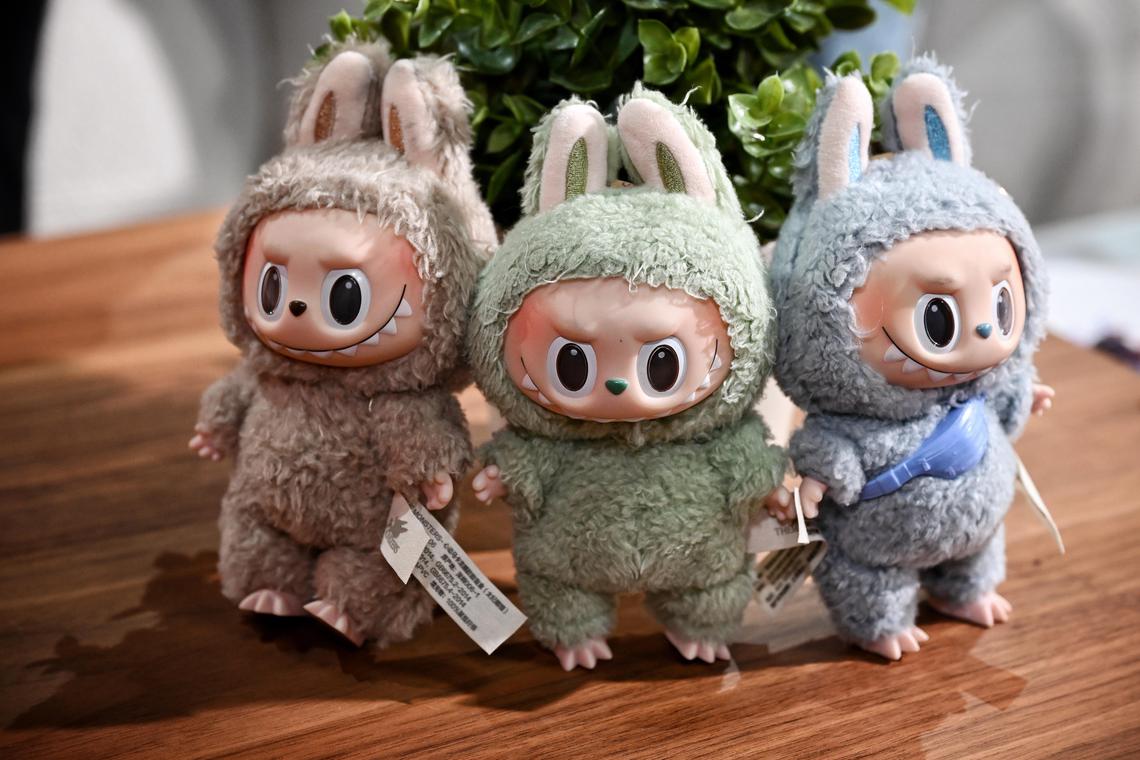In a digital age where impulse, identity, and algorithmic marketing fuse into a seamless stream of consumption, one peculiar character has risen to global fame: Labubu.
A small, impish creature with a wild grin and hollow eyes, Labubu isn’t just a collectible it represents a case study in the power of scarcity, virality, and emotionally manipulative branding.
China’s designer toy powerhouse Pop Mart produced Labubu, and the character evolved from an underground figurine into a billion-dollar cultural sensation, reportedly generating $1.6 billion in revenue within just 24 hours.
But this trend doesn’t merely reflect a passing interest in toys. Labubu’s explosive popularity reveals deeper truths about consumer behavior in the 2020s and not all of them bring comfort.
Also Read:Labubu Is ugly, expensive, and viral: make it make sense
At the heart of Labubu’s success lies an orchestrated mix of exclusivity, aesthetic oddity, and internet-fueled storytelling. Its appeal, ironically, rests in its perceived lack of appeal: unconventional looks, chaotic expressions, and eerie innocence.
These contradictions fuel the Labubu craze across TikTok, Instagram, and resale platforms, where some figurines fetch hundreds even thousands of dollars.
The Cultural Psychology of Labubu
Celebrity chef and Guinness World Record holder Hilda Baci offered an insightful perspective on the Labubu phenomenon, framing it not just as a consumer craze but as a psychological mirror of how trends form and explode.
“This made me realize that most people don’t know what they want until it is placed in front of them. As a business owner, this is an incredible insight because what it means is that it’s not always about waiting for the demand—sometimes you need to actually create this demand yourself.”
In a few sentences, Baci peeled back the layers of the marketing genius behind Labubu: Engineered desire. Through strategic scarcity and repetitive social exposure, the doll has been positioned not just as a product but as an identity badge—one that taps into aesthetic subcultures, online fandom, and meme culture.
“Now we can honestly admit that Labubu is not necessarily the most beautiful or innovative product, but the way it has been positioned and the way it has been hyped is absolutely genius.”
Indeed, Labubu functions less as a design marvel and more as a symbol—an invitation to belong to a digital-first, trend-driven micro-community. It offers a prime example of how consumer objects today serve as vehicles of social storytelling—not just function or form.
Also Read:Nigerian fashion: A thriving industry poised for global dominance
Virality, Repetition, and the Community Effect
“For me, I would say personally this is more a case study of how virality and repetitive storytelling and community obsession can turn something random into a cultural moment and an entire rave,” Baci noted.
This speaks to Labubu’s omnipresence on TikTok, where videos of unboxings, reactions, and rare finds rack up millions of views. Users don’t just buy a doll—they buy into a conversation, a trend, a moment. Even those who reject the craze, interestingly, reinforce it.
“That being said, I’ve also seen a wave of people calling it ugly and saying things like they are absolutely not going to spend any money buying,” she continued.
Also Read:Blue bottle buzz: when viral rituals sell luxury water
“And my honest opinion on that is as much as some of that can be real, I feel like a bulk of it is also very performative, with people trying to be cool by being different and not hopping on a trend or distancing themselves from it so that they can seem above it. So it’s funny how even the opposition is part of the trend—it’s a bit of a conflict.”
In this sense, Labubu becomes not just a collectible but a cultural lightning rod—a test of taste, tribe, and digital conformity. Whether embraced or rejected, it remains relevant.
Also Read:Major highlights in IMC market in 2023
Lessons for Business and Culture
Labubu’s runaway success doesn’t rely solely on cute (or creepy) design—it centers on timing, audience psychology, and storytelling architecture. It reinforces the truth that in today’s marketplace, people buy stories, not just things.
“I think it’s less about the doll and more about what it reveals about people and generally just how trends work,” Baci concluded.
For marketers, brand strategists, and digital creators, Labubu offers a playbook: design the hype, seed the emotion, and watch the crowd do the rest. It’s not magic—it’s social engineering, artfully done.
See Also: How much do Nigerians spend on data? || Brand Health || EP02







Comment
No comments found.